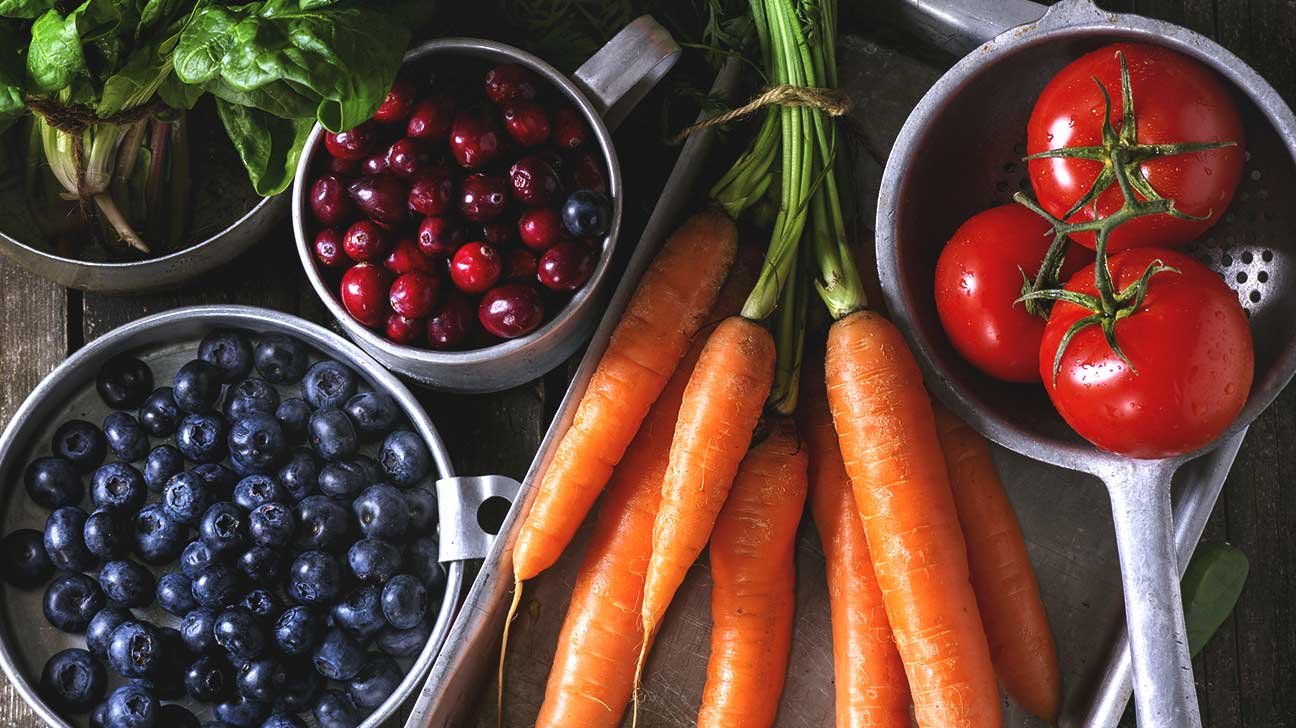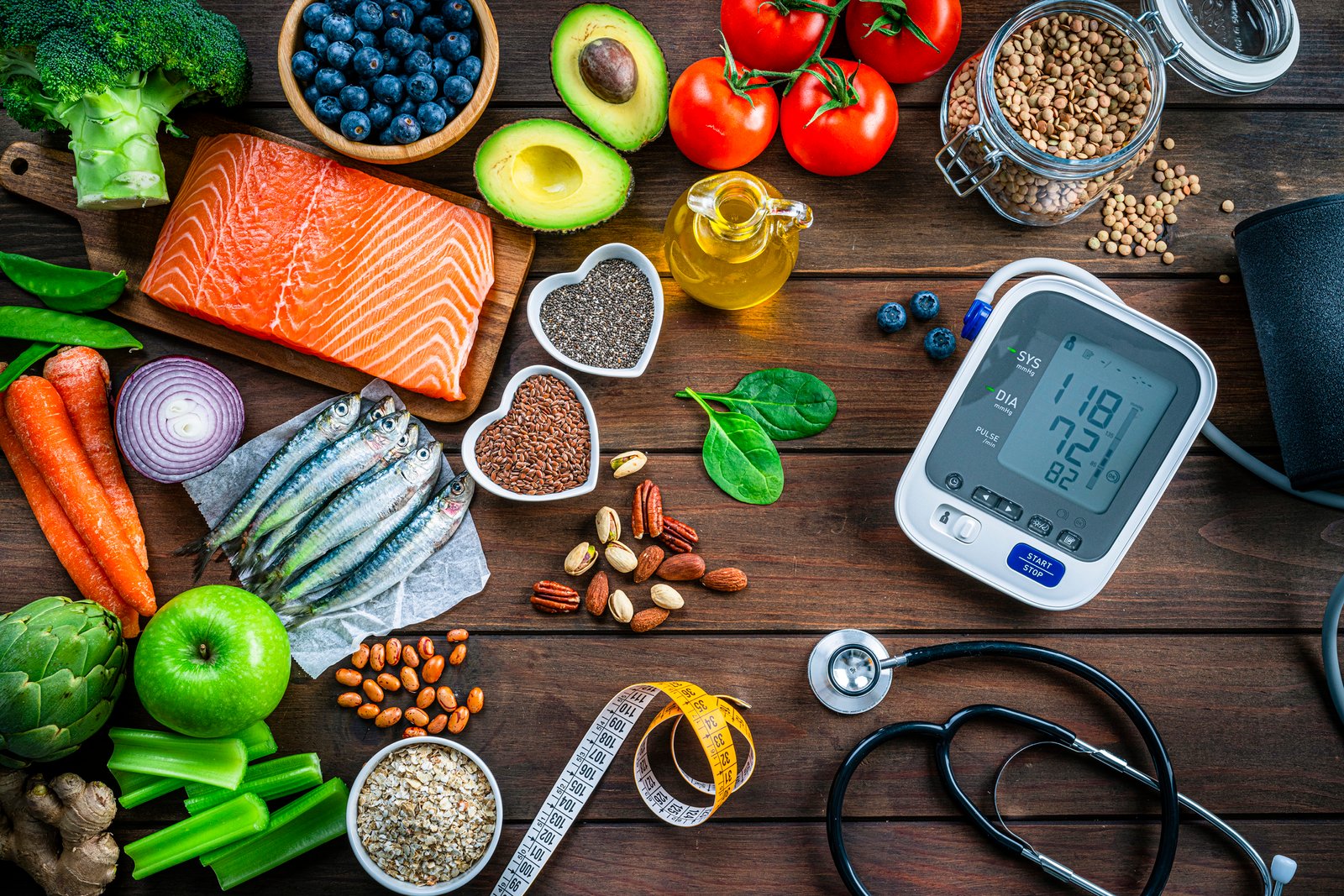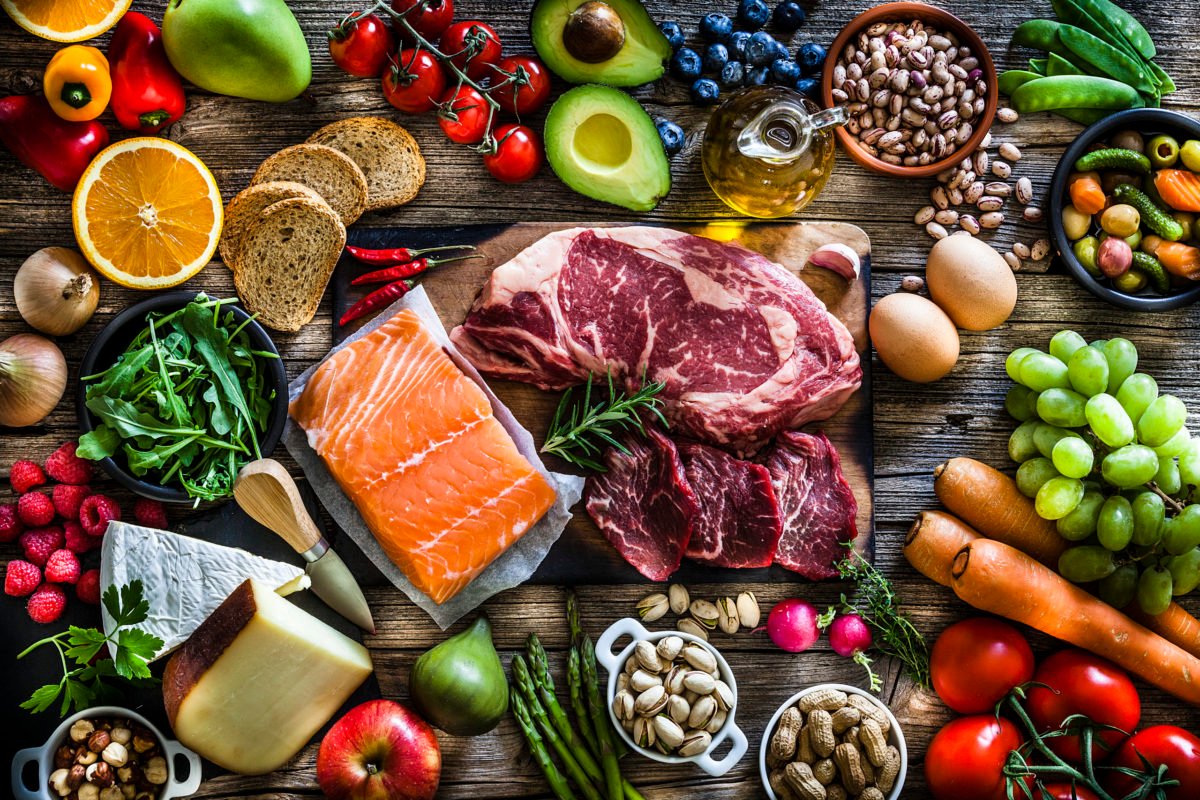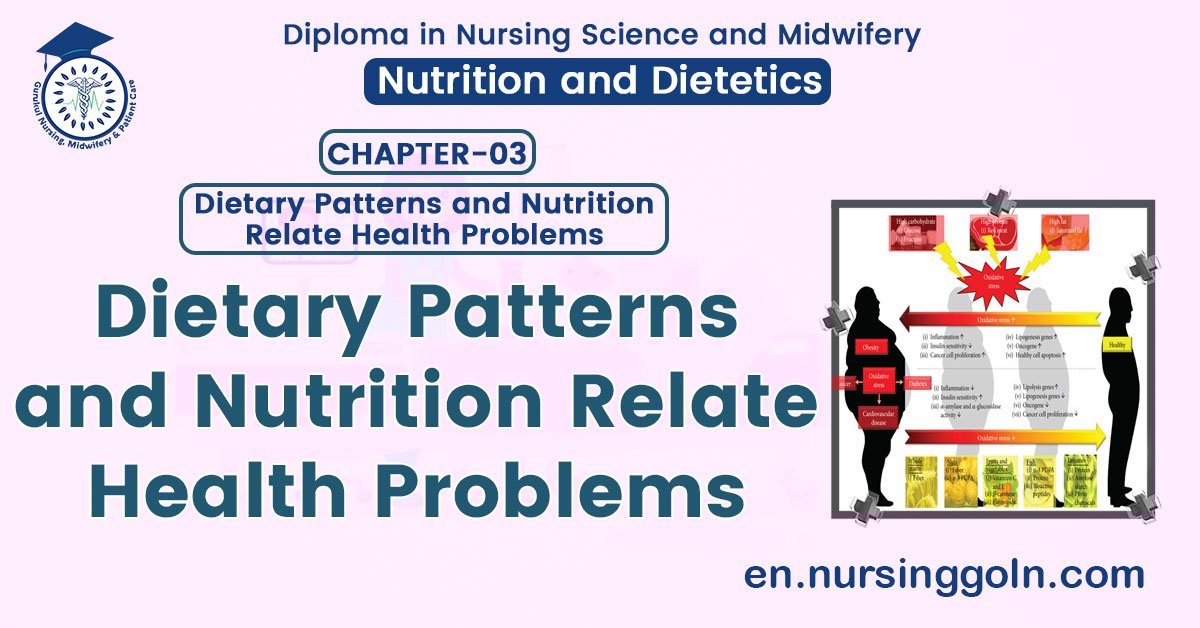Dietary Patterns and Nutrition Relate Health Problems – This book covers the entire syllabus of “Nutrition and Dietetics” prescribed by BNMC-for all Diploma in Nursing Science and Midwifery students. We tried to accommodate latest information and topics. This book is examination friendly setup according to the teachers’ lectures and examination’s questions. At the end of the book previous university questions are given. We hope in touch with the book students’ knowledge will be upgraded and flourished. The unique way of presentation may make your reading of the book a pleasurable experience.

Dietary Patterns and Nutrition Relate Health Problems
Definition of Cultural Practice:
Cultural practice generally refers to the manifestation of a culture or sub-culture, especially in regard to the traditional and customary practices of a particular ethnic or other cultural group. In the broadest sense, this term can apply to any person manifesting any aspect of any culture at any time.
Examples
- Religious and spiritual practices
- Medical treatment practices
- Forms of artistic expression
- Dietary preferences and culinary practices
- Cultural institutions
- Natural resource management
- Housing and construction
- Childcare practices
- Governance, leadership, conflict resolution
- Power relationships
- International cultural practices
- “Everyday life” practices (including household relationships)
Cultural Beliefs/Practice Related to Food & Nutrition
- Periodic fasting will help in cleansing the GIT. (Weekly by hindus, during the mouth of the Ramadan muslims, following lenth days by christian).
- Brshmins and vysyas will not consume garlic, onion and non- vegetarian foods.
- Avoiding cold fo-od (butter- milk, curds, cucumber, guava fruits) item during common cold.
- In post-operative period, consumption of channa, dhal, and fatty fo-ods to be avoided.
- Excess eating of mangoes will cause heat boils in the face and body.
- Pregnant women will eat mud/ash/chalk powder/lime powder as it enhances the normal development of the fetus.
- Beet root consumption enhances blood production in the body.
- Rich people consume more often, saturated fo-od, which causes obesity.
- Alcoholism drug abuse is indications of rich class and complex society’s culture.
- Brinjal, egg, fish, will produce allergies.
- Eating raw vegetables like cucumber, carotene the night will reduce obesity, keeping the cut cucumber over the closed eyes will bring coolness to the eyes.
Cultural Beliefs & Practices during Pregnancy:
1. A women and her partner chose not to share the news of her pregnancy immediately but waited until her pregnancy was 3 month along.
2. The expectant mother is encouraged by the family to seek early prenatal care.
3. Positive thinking, images and music are encouraged during pregnancy for a healthy baby.
4. People of rural area believe that if a pregnant mother eats more than the baby in her womb will become big and it will make difficulties at time of her pregnancy.
5. People of rural areas use tabij or pani-pora or they used to feed the pregnant mother roots of trees as a sacred culture to protect both the pregnant mother and child from the harm of black-omen.
6. At the time of pregnancy the forced the mother to sleep only on her left side.
7. They don’t let the pregnant mother to go outside of home after evening.
8. At the time of solar or lunar eclipse the protects the mother from bad omen because they believe that it will harm the child in her womb.
9. Pregnant women will eat mud/ash/chalk powder/lime powder as it enhances the normal development of the fetus.
10. It is prohibited in time of pregnancy to eat twin banana because she will deliver twin baby than.
Cultural Beliefs and Local/Traditional Practice During Breast Feeding
➤ One study of 120 cultures showed that 50 withheld the infant from the breast for 48 hours or more due to the belief that colostrum was “dirty”, “old”, or “not real milk”.
➤ A mother who may be reluctant to give colostrum feeds in a western hospital may be passionately committed to exclusive breastfeeding later on.
➤Women in Kenya who are strongly instructed to avoid breastfeeding after quarrels to prevent “bad blood” entering the milk and affecting baby. This may mean breastfeeding is paused or a mother’s rights are infringed by family members or neighbors, yet she doesn’t speak up for fear of conflict.
➤Several cultures – traditional groups in Papua New Guinea and the Gogo tribe of Tanzania among them – emphasize the need for the woman to be celibate during breastfeeding. A mother may be torn between her desire to breastfeed in an environment when food after weaning may not be plentiful – and her desire to satisfy her husband. A husband who is often not expected to also remain celibate.

Cultural Beliefs / Practices during Childbirth
1. In village pregnant mothers are unwilling to take modern treatment.
2. In village Muslims families believe that if the delivery will done by male doctor than it will be a sin so that they like to make the delivery in home rather than hospital.
3. When pregnant women feel the labour pain they took her to atur ghor (house).
4. They placed the placenta into the land because they believe that it will save the new born baby from any kind of harm.
5. When it started labour pain of a pregnant mother in our rural area, uneducated midwifes keep pregnant mother u tern direction and give small punch on their buttok cause there is superstition that it help deliver a child safely.
6. In village they will not provide any food for the pregnant women from the start of labour pain till the baby is born.
7. In hindu families of the village they made the mother and the new born baby to stay nearly one month in atur ghor.
Cultural Practices Which Have Beneficial Health Effects
1. Getting up early in the morning and bathing.
2. Drinking tulsi, water every morning.
3. Drinking water stored in earthenware pot.
4. Early to bed, early rise.
5. Periodic fasting for cleaning the gastrointestinal (GI) tract.
6. During the time of stress, the individual appeals to God to get moral support and protection.
7. Circumcision of Muslim male child reduce urinary tract infection.

Vulnerable Group in Our Society:
In our society some of the groups- based on aged and physiological condition- need more nutritional care for normal functioning of the body. These groups of people are –
- Pregnant and lactating women.
- Infant and children.
- Adolescent.
- Elderly population.
Food Taboos/Misconception During Pregnancy:
| S.N | Food items | Reason for restriction | Consequences (Less intake of) |
| A. | Fish | ||
| Cirrhina mrigala (Mrigel fish) | Fear of epilepsy of the new born. | Protein. | |
| Wallago attu (Boal fish) | The baby will have bigger mouth. | Protein. | |
| Mastacemles armatus (Bain fish) | Reason for fetus will crumble inside the mother belly. | Protein. | |
| B. | Coconut | The eyes of the new born will look like coconut white. | Fat, carbohydrate, minerals. |
| C. | Cucumber | New born skin will be scratchy. | Vitamins and minerals. |
| D. | Duck egg | The new born will have harsh voice like duck. | Protein. |
| E. | Twin banana | There will be twin babies born. | Carbohydrate, vitamins and minerals. |
Food Taboos/Misconception During Lactation.
| S.N | Food items | Reason for restriction. | Consequences |
| 1 | Colostrum | Toxic or harmful milk. | Less immunity and devoid getting more nutritious milk. |
| 2 | Vegetables. | Ingestion and sometimes “Sutica”. | Fewer intakes of vitamins and minerals. |
| 3 | Beef | Will develop the character of cow. | Less protein intake. |
| 4 | Citrus fruits | Will delay healing process. | Fewer intakes of vitamin C & Delayed healing process. |
Dietary Pattern in Bangladesh:
Nutritional requirement vary throughout the life cycle. Religion is an organized system of belief and practice. It offers a way of spiritual expression that provides guidance for believers.
Religious Practice:
Religious practice also affects diet. Some Roman Cathdies aroid meat on certain days, protestant faiths prohibit meat, tea, coffee, Arthodix, Judaism and Islam prohibit pork tlindes, widow women eating vegetarian diets according to dietary lows. The nurse must be sensitive to such religious dietary practice.
Life Style:
Certain life style are linked to food related behaviors people are always in a hurry probably by convince grocery items or eat restaurant meals people who spend many hours of home may take time to prepare more meals from Dearth.
Individual difference also influence life style patterns e.g., cooking skills concern all out health, some people work of different time, such as evening or night shifts. They might need to adopt their eating habits to this and also make change in their medicating, schedule. They are related to food intake. Muscular activity affects metabolic rate more than only other factor the more strenuous. The activity is greeter the stimulation of the metabolism.
Mental activity which receives only about 4 kcal per hour produces very little metabolic stimulation what how much has often a person eats are frequently affected by socio-economic status. For example-people with limited income including some older people may not be able to afford meat and fresh vegetable. In contrast people with higher income may purchase more proteins and fats and complete carbohydrate.
Economic status/income
Economic status refers to the amount of money you have to spend that is whether you are rich or poor. Your economic status affects your food habits because the types of food you choose would depend on how much money you have. When you are rich, you can afford very expensive foods, you can eat in restaurants and you can eat as many times as you want in a day.
Food chosen by poor people are meager and monotonous. Even where nutrition knowledge is high economic status still dictates what foods you can eat and how you eat them.
Ethnicity
All ethnic groups have their own food customs. As cultural groups develop over the ages they formed their own living patterns which included food customs. Each group spelt out what its members could or could not eat how the food should be cooked and when it could be eaten.
Food availability and distribution
The kinds of food available to you usually are the foods you eat. Even though food may be imported from other countries, most people depend on locally grown food products for their basic or staple food. Some foods can grow only in certain types of geographic locations and this determines the foods available in such locations.
Cultural Belief Regarding Food In Bangladesh From Perspective Of Each Religion
The common belief regarding food in Bangladesh these are importance believes associated with our country. This tradition & habits have strong influence on what food is eaten? Some foods are high prestige and other of low prestige and some foods are occasions.
Some foods are considered to be hot or cold. Because people are believed to heat or cool of the body. As for e.g. hot foods are believed to produce more heat in the body and lead to the development of boils. Cool foods are supposed to lower the heat production and lead to the development of cold, sore throat etc.
Meat, egg, legumes, nuts and oil seeds are supposed to be hot foods. While fruits vegetables and milk are supposed to be cold foods. Certain foods habits in some religious e.g. animal foods among vegetarian. Pork is not eaten by Muslims, Strict Hindus or Buddhist eats not meat. Liberal Hindus may eat no beef.
All different age and stages of life particular foods are considered be harmful e.g. certain fruits (papaya, pine-apple) are believed to induce abortion to pregnant women. And other foods are thought to influence the development of the child in the uterus. Bangladeshi liberal people commonly believe that rice is the major source of calories.

Dietary Guidelines for the Bangladeshi Population
Dietary guidelines are sets of advisory statements providing principles and criteria of good dietary practices to promote national wellbeing. They are intended for use by individuals.
The following advisory statements indicate what type of foods have to be consumed, the extent to which they have to be consumed, including the use of spices, condiments and water. It also suggests the use of healthy preparation and cooking methods for the retention of nutrients and to promote better health.
1. Eat a well-balanced diet with a variety of foods at each meal;
2. Use in moderation foods high in fat and minimize fats and oils in food preparation;
3. Limit salt intake and condiments and use only iodized salt;
4. Take less sugar, sweets or sweetened drinks;
5. Drink plenty of water daily;
6. Consume safe and clean foods and beverages;
7. Maintain desired body weight through a balanced food intake and regular physical activity;
8. Adopt and follow appropriate preparation and cooking practices and follow healthy eating habits;
9. Eat additional food and take extra care during pregnancy and lactation;
10. Practise exclusive breastfeeding for the first six months of life; introduce appropriate complementary foods after completion of 6 months and continue complementary feeding along with breastfeeding up to 2 years.
Read more:
